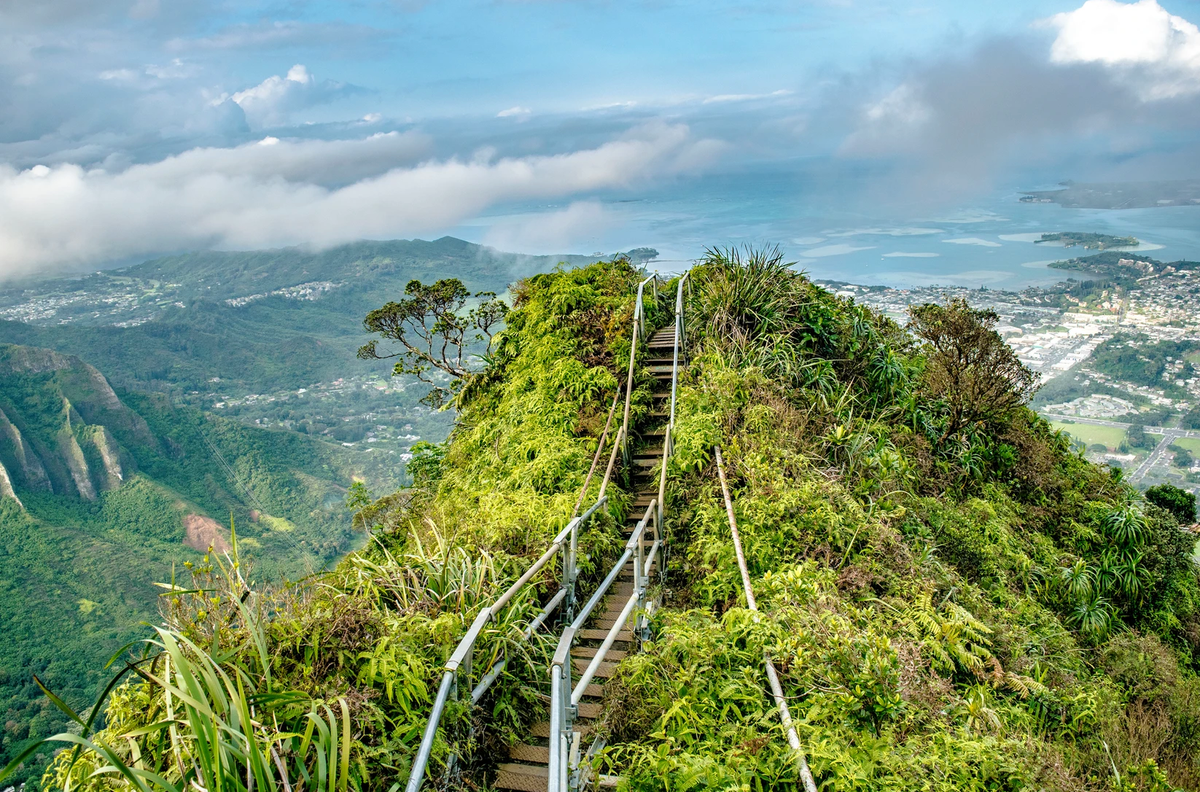Despite public outcry, Hawaii’s historic “Stairway to Heaven” is slated for removal this month. We interviewed the scrappy nonprofit fighting to save it.
Read next

Garmin Releases 2024 SOS Reports, Fire Emergency Response Up 25%

How Womankind Defends Indigenous Rights in Nepal & Uganda

Norway Could Open Nearly 400 Protected Rivers for Development
This decision, if passed, would erase decades of protection efforts and permanently alter the natural landscapes that define Norway’s wilderness.


